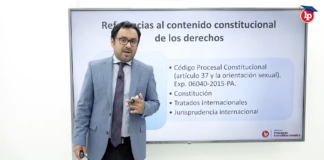Fundamentos destacados: 74. En cuanto a las posiciones de los órganos de las Naciones Unidas a las que se refieren los terceros (párrafos 35 y 36 supra), la Corte observa que muchas de ellas tienen un alcance muy amplio, ya que van más allá de la mera prohibición del uso de símbolos religiosos en la educación en la Comunidad Flamenca. En cualquier caso, estas posiciones no podrían ser decisivas para la apreciación por parte del Tribunal de la compatibilidad de la prohibición controvertida con el Convenio, cuyo respeto garantiza (Humpert y otros c. Alemania [GC], n° 59433/18 y otros tres, § 127, 14 de diciembre de 2023), máxime cuando ya dispone de una extensa jurisprudencia sobre la cuestión de que se trata (párrafos 62 a 66 supra). En cualquier caso, no se ha establecido que la prohibición controvertida estuviera inspirada por alguna forma de hostilidad hacia las personas de fe musulmana.
75. Finalmente, la Corte no desconoce la diferente situación en la que se encuentran los docentes y los estudiantes. Si bien los primeros son símbolos de autoridad con respecto a los segundos y, por lo tanto, pueden tener restricciones impuestas a la expresión de sus creencias (véase, en particular, Dahlab c. Suiza (dec.), n.º 42393/98, CEDH 2001-V y Mahi c. Bélgica (dec.), n.º 57462/19, § 32, 7 de julio de 2020), los estudiantes menores de edad, por su parte, presentan un mayor grado de vulnerabilidad. El Tribunal ya ha considerado a este respecto que la prohibición de llevar símbolos religiosos impuesta a los alumnos podría responder precisamente a la preocupación de evitar cualquier forma de exclusión y presión, respetando al mismo tiempo el pluralismo y la libertad de los demás (véase, entre otras, Dogru, antes citada, §§ 70-72 y Bayrak, antes citada).
76. En el presente caso, las autoridades nacionales pudieron, habida cuenta del margen de apreciación de que disponían (apartados 59 a 61 supra), intentar concebir la educación organizada por la Comunidad Flamenca como un entorno escolar libre de símbolos religiosos llevados por los alumnos. La Corte ha subrayado reiteradamente que el pluralismo y la democracia deben basarse en el diálogo y en un espíritu de compromiso, lo que implica necesariamente diversas concesiones por parte de los individuos que están justificadas a efectos de salvaguardar y promover los ideales y valores de una sociedad democrática (véase, entre otros, Aktas, decisión citada anteriormente). La restricción controvertida puede pues considerarse proporcionada a los fines perseguidos, a saber, la protección de los derechos y libertades de los demás y el orden público, y por tanto «necesaria» «en una sociedad democrática».
[Traducción de LP]
74. Quant aux positions des organes des Nations Unies auxquelles les tiers intervenants se réfèrent (paragraphes 35 et 36 ci-dessus), la Cour note que nombre d’entre elles ont une visée très large en ce qu’elles dépassent la seule interdiction du port des signes convictionnels dans l’enseignement de la Communauté flamande. En toute hypothèse, ces positions ne pourraient être déterminantes aux fins d’appréciation par la Cour de la compatibilité de l’interdiction litigieuse avec la Convention dont elle assure le respect (Humpert et autres c. Allemagne [GC], n° 59433/18 et trois autres, § 127, 14 décembre 2023), d’autant qu’elle dispose d’une jurisprudence déjà fournie sur la question présentement en jeu (paragraphes 62 à 66 ci dessus). Quoi qu’il en soit, il n’a pas été établi que l’interdiction litigieuse ait été inspirée par une quelconque forme d’hostilité à l’égard des personnes de confession musulmane.
75. Enfin, la Cour n’ignore pas la situation différente dans laquelle se trouvent les enseignants et les élèves. Si les premiers sont des symboles d’autorité à l’égard des seconds et peuvent se voir imposer à ce titre des restrictions dans l’expression de leurs convictions (voir, notamment, Dahlab c. Suisse (déc.), n° 42393/98, CEDH 2001-V et Mahi c. Belgique (déc.), n° 57462/19, § 32, 7 juillet 2020), les élèves mineurs présentent, pour leur part, un plus grand degré de vulnérabilité. La Cour a déjà jugé à cet égard qu’une interdiction de porter des signes religieux imposée aux élèves pouvait précisément répondre au souci d’éviter toute forme d’exclusion et de pression dans le respect du pluralisme et de la liberté d’autrui (voir, parmi d’autres, Dogru, précité, §§ 70-72 et Bayrak, décision précitée).
76. En l’occurrence, les autorités nationales ont pu, eu égard à la marge d’appréciation dont elles disposent (paragraphes 59 à 61 ci dessus), chercher à concevoir l’enseignement organisé par la Communauté flamande comme un environnement scolaire exempt de signes religieux portés par des élèves. La Cour a souligné à plusieurs reprises que le pluralisme et la démocratie doivent se fonder sur le dialogue et un esprit de compromis, qui impliquent nécessairement de la part des individus des concessions diverses qui se justifient aux fins de la sauvegarde et de la promotion des idéaux et valeurs d’une société démocratique (voir, parmi d’autres, Aktas, décision précitée). La restriction litigieuse peut dès lors passer pour proportionnée aux buts poursuivis, à savoir la protection des droits et libertés d’autrui et de l’ordre public, et donc «nécessaire» «dans une société démocratique».
[Idioma original]
Mikyas and Others v. Belgium (dec.)
Decision 9.4.2024 [Section II]
Article 9
Article 9-1
Freedom of religion
Pupils prohibited from wearing the Islamic veil by the regulations of their State schools, applying the ban on wearing visible symbols of belief in the official education system of the Flemish Community: inadmissible
Facts – The applicants are three Muslim girls. They were prohibited from wearing the Islamic veil in their schools, with the exception of non-denominational religious and ethics classes, by the 2016-2017 school regulations. These regulations implemented a circular prohibiting the wearing of visible symbols of belief, adopted by the Council for Official Education in the Flemish Community (the Council) in September 2009.
The applicants’ parents, in their capacity as legal representatives, brought proceedings before the national courts seeking to have the prohibition on religious symbols introduced by the school regulations, a measure which they considered contrary to freedom of religion, declared illegal. Those proceedings were unsuccessful.
Law – Article 9:
(a) Whether there was an interference– Reiterating that the wearing of the Islamic headscarf could be considered to be “motivated or inspired by a religion or religious belief”, the Court considered that the measure prohibiting the applicants from wearing it amounted to an “interference” with their right to freedom of religion.
(b) Whether the interference was justified –
i. Whether the interference was lawful – In the two schools concerned, the impugned measure was provided for by the 2016-2017 school regulations, which implemented the Council’s decision.
ii. Whether there existed a legitimate aim – The Court had already found that measures prohibiting pupils or students from wearing the headscarf in a school or university environment could pursue the legitimate aims of protection of the rights and freedoms of others and protection of public order. It could therefore accept that the interference in the present case pursued these same aims.
iii. Whether the interference was “necessary in a democratic society” – The Court had already held that, in a democratic society, the Court could limit or even prohibit the wearing of religious symbols by pupils or students in the school or university environment, without this entailing a violation of the right, guaranteed to everyone by Article 9, to manifest one’s religious beliefs.
The present case concerned a form of public instruction, namely the official education system in the Flemish Community. In accordance with the Constitution, this instruction had to be neutral. According to the relevant provision, neutrality implied, in particular, respect for the philosophical, ideological or religious convictions of parents and pupils. With a view to satisfying this constitutional requirement, the Conseil had decided to introduce a general prohibition on wearing visible symbols of belief in the establishments under its control, and the Constitutional Court had held that this understanding of neutrality was compatible with the Constitution.
Detailed reasons had been given for the Council’s decision, taking into account both the context of the education system put in place by the Flemish Community and the various interests at stake under Article 9 of the Convention. Reiterating the margin of appreciation enjoyed by the national authorities in regulating the wearing of symbols of belief in the State education system, the Court considered that the concept of neutrality in the Flemish Community’s education system, understood as prohibiting, in general, the wearing by pupils of visible symbols of belief, did not in itself run counter to Article 9 of the Convention and its underlying values. The fact that the national decision-maker could have chosen to implement a different interpretation of neutrality did not imply that the option selected in the present case, and accepted both by the Constitutional Court and by the court of appeal, was contrary to Article 9.
In this connection, the impugned ban was not confined to the Islamic veil but applied without distinction to any visible symbols of one’s beliefs.
Moreover, the applicants had freely chosen to attend schools within the Community education system, and could not have been unaware that the relevant governing bodies were required by the Constitution to ensure compliance with the principle of neutrality in such schools. The applicants had also been informed in advance of the rules applicable in the schools concerned and had agreed to abide by them.
In so far as the impugned ban had been intended to protect pupils from any form of social pressure and proselytization, the Court reiterated that it was important to ensure that, in keeping with the principle of respect for pluralism and the freedom of others, the manifestation by pupils of their religious beliefs on school premises did not take on the nature of an ostentatious act that would constitute a source of pressure and exclusion. In this connection, it saw no reason to call into question the findings of the Council with regard to problematic acts, nor those of the Antwerp Court of Appeal, according to which incidents had occurred in certain schools coming under the remit of the Community education system. Moreover, it was the Court’s constant case-law that a prior finding of disorder in a given establishment was not decisive for the impugned ban to be considered necessary in a democratic society.
Lastly, the Court was not unaware of the different situation in which teachers and pupils found themselves. While the former were symbols of authority vis-à-vis the latter and could accordingly be subject to restrictions on the expression of their beliefs, underage pupils were, for their part, more vulnerable. The Court had already held in this connection that a prohibition on pupils wearing religious symbols could correspond to a specific concern to prevent any form of exclusion or pressure, while respecting pluralism and the freedom of others.
In the present case, the national authorities had been entitled, having regard to the discretion available to them, to envisage a situation where the Flemish Community’s education system could provide a school environment in which pupils did not wear religious symbols. The Court had emphasised on several occasions that pluralism and democracy were to be based on dialogue and a spirit of compromise, necessarily entailing various concessions on the part of individuals. These concessions were justified in order to maintain and promote the ideals and values of a democratic society. The impugned restriction could therefore be regarded as proportionate to the aims pursued, namely the protection of the rights and freedoms of others and of public order, and thus necessary in a democratic society.
[Continúa…]
![Cuando un fiscal adjunto superior actúa en nombre y representación de un despacho fiscal superior, como parte de su equipo, asume la investidura de este [Apelación 10-2025, Amazonas]](https://img.lpderecho.pe/wp-content/uploads/2025/10/MAZO-ABOGADO-JUEZ-LPDERECHO-218x150.jpg)
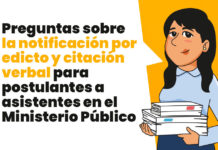


![TC ordena al Reniec consignar, como apellido materno de una niña, el de la mujer que obtuvo el óvulo de una donante anónima y lo hizo implantar en el útero de otra mujer que dio a luz [Expediente 01367-2019-PA/TC]](https://img.lpderecho.pe/wp-content/uploads/2024/07/tc-y-embarazada-LPDERECHO-218x150.jpg)
![Precedente Servir sobre la notificación de los actos emitidos en el PAD en el marco de la Ley 30057 [Resolución de Sala Plena 002-2025-Servir/TSC]](https://img.lpderecho.pe/wp-content/uploads/2024/05/Servir-CAS-LPDerecho-218x150.jpg)
![Declaran fundado pedido de cambio en la forma de prestar alimentos de los hijos a favor de su madre [Expediente 00151-2025-0-1721-JP-FC-01]](https://img.lpderecho.pe/wp-content/uploads/2025/08/ADULTO-MAYOR-CONFLICTOS-HIJOS-LPDERECHO-218x150.jpg)

![Ley Orgánica del Registro Nacional de Identificación y Estado Civil (Ley 26497) [actualizada 2025]](https://img.lpderecho.pe/wp-content/uploads/2025/05/Ley-organica-del-registro-nacional-de-identificacion-y-estado-civil1-LPDERECHO-218x150.jpg)









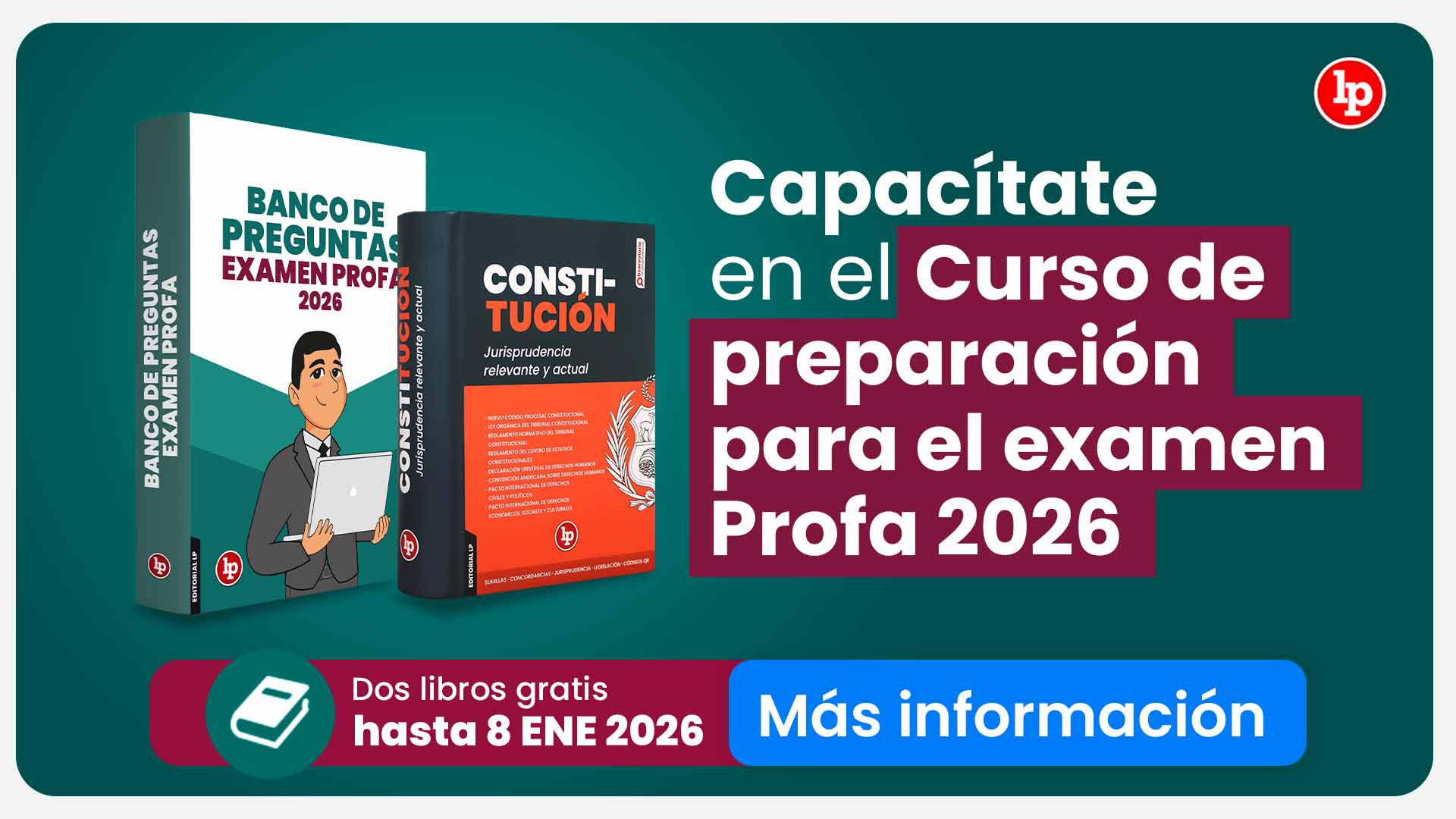





![¿Servidores que estén próximos a jubilarse pueden solicitar teletrabajo? [Informe Técnico 002521-2025-Servir-GPGSC]](https://img.lpderecho.pe/wp-content/uploads/2023/02/trabajadores-pareja-servidores-trabajo-LPDerecho-218x150.jpg)
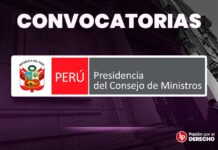



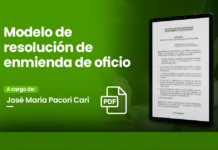
![Política general de gobierno 2025-2026: Transición democrática y reconciliación nacional [Decreto Supremo 141-2025-PCM]](https://img.lpderecho.pe/wp-content/uploads/2023/01/norma-legal-palacio-gobierno-promulga-ley-LPDerecho-218x150.png)
![Prorrogan estado de emergencia en Lima y Callao [Decreto Supremo 140-2025-PCM]](https://img.lpderecho.pe/wp-content/uploads/2022/04/normas-legales-estado-de-emergencia-LPDerecho-218x150.png)
![Reglamento de Organización y Funciones del Tribunal Constitucional [RA 151-2025-P/TC]](https://img.lpderecho.pe/wp-content/uploads/2024/03/tribunal-constitucional-4-LPDerecho-218x150.jpg)
![Código Penal peruano [actualizado 2025]](https://img.lpderecho.pe/wp-content/uploads/2024/05/VENTA-CODIGO-PENAL-LPDERECHO-218x150.jpg)
![Código de Protección y Defensa del Consumidor (Ley 29571) [actualizado 2025] Codigo proteccion defensa consumidor - LPDercho](https://img.lpderecho.pe/wp-content/uploads/2024/05/Codigo-proteccion-defensa-consumidor-LPDercho-218x150.png)
![Decreto Legislativo del Notariado (Decreto Legislativo 1049) [actualizado 2025]](https://img.lpderecho.pe/wp-content/uploads/2025/10/DECRETO-LEGISLATIVO-NOTARIO-1049-2025-LPDERECHO-218x150.jpg)
![Ley General de Contrataciones Públicas [Ley 32069] (actualizada 2025)](https://img.lpderecho.pe/wp-content/uploads/2025/01/NUEVA-LEY-GENERAL-CONTRATACIONES-PUBLICAS-LPDERECHO-218x150.png)
![Ley Orgánica de Elecciones (Ley 26859) [actualizada 2025]](https://img.lpderecho.pe/wp-content/uploads/2025/05/Ley-organica-de-elecciones-LPDerecho-2025-218x150.jpg)



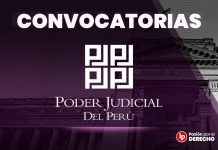

![[VÍDEO] ¿Quieres postular a la Fiscalía? Estas son las preguntas que hacen en las entrevistas](https://img.lpderecho.pe/wp-content/uploads/2021/10/postular-fiscalia-preguntas-entrevista-LP-218x150.jpg)



![EXP. N.° 0022-2009-PI/TC LIMA GONZALO TUANAMA TUANAMA Y MÁS DE 5000 CIUDADANOS SENTENCIA DEL TRIBUNAL CONSTITUCIONAL En Lima, a los 09 días del mes de junio de 2010, el Tribunal Constitucional en sesión de Pleno Jurisdiccional, con la asistencia de los magistrados Mesía Ramírez, Beaumont Callirgos, Vergara Gotelli, Landa Arroyo, Calle Hayen, Eto Cruz y Álvarez Miranda, pronuncia la siguiente sentencia con los fundamentos de voto de los magistrados Vergara Gotelli y Landa Arroyo, que se agregan. ASUNTO Demanda de Inconstitucionalidad interpuesta por Gonzalo Tuanama Tuanama, en representación de más de 5000 ciudadanos contra el Decreto Legislativo N.° 1089. DEMANDA Y CONTESTACIÓN a) Demanda contra el Decreto Legislativo N.° 1089, que regula el Régimen Temporal Extraordinario de Formalización y Titulación de Predios Rurales Con fecha 01 de julio de 2009, se interpone demanda de inconstitucionalidad contra el Decreto Legislativo N.° 1089, que regula el Régimen Temporal Extraordinario de Formalización y Titulación de Predios Rurales, publicada en el diario oficial El Peruano el 28 de junio de 2008. Los demandantes refieren que “'sin entrar al fondo del contenido de la norma”, ésta fue promulgada sin efectuar ninguna consulta previa e informada a los pueblos indígenas, tal como lo ordena el Convenio 169 de la Organización Internacional De Trabajo (OIT), afectándose con ello los derechos fundamentales de los pueblos Indígenas, como el derecho a la consulta previa y el derecho colectivo al territorio ancestral, establecidos en los artículos 6, 15, 17 del mencionado convenio. De igual forma, expresan que no se tomaron en cuenta los artículos 19, 30 y 32 de la Declaración de las Naciones Unidas sobre los Derechos de los Pueblos Indígenas (DNUDPI) aprobado por la Asamblea General de la Organización de Naciones Unidas. Alegan que con dicha norma se afectan otros derechos establecidos en el Convenio N.° 169, como el derecho sobre las tierras de los pueblos indígenas (artículos 13 al 19), en el considerando que no se tomaron en cuenta medida que garanticen la protección de sus derechos de propiedad y posesión. Refieren que se afecta también el derecho a la libre determinación de las comunidades nativas, previsto en el artículo 17 del Convenio, que declara el respeto de sus formas tradicionales de transmisión de sus territorios. Por último, alegan que se estaría vulnerando lo previsto en el artículo 19 del Convenio en cuanto se afecta el derecho al desarrollo de políticas agrarias adecuadas para los pueblos indígenas. [Continúa...] Descargue la resolución aquí](https://img.lpderecho.pe/wp-content/uploads/2023/01/Logo-LP-con-fondo-guinda-LPDERECHO-1068x561.png)
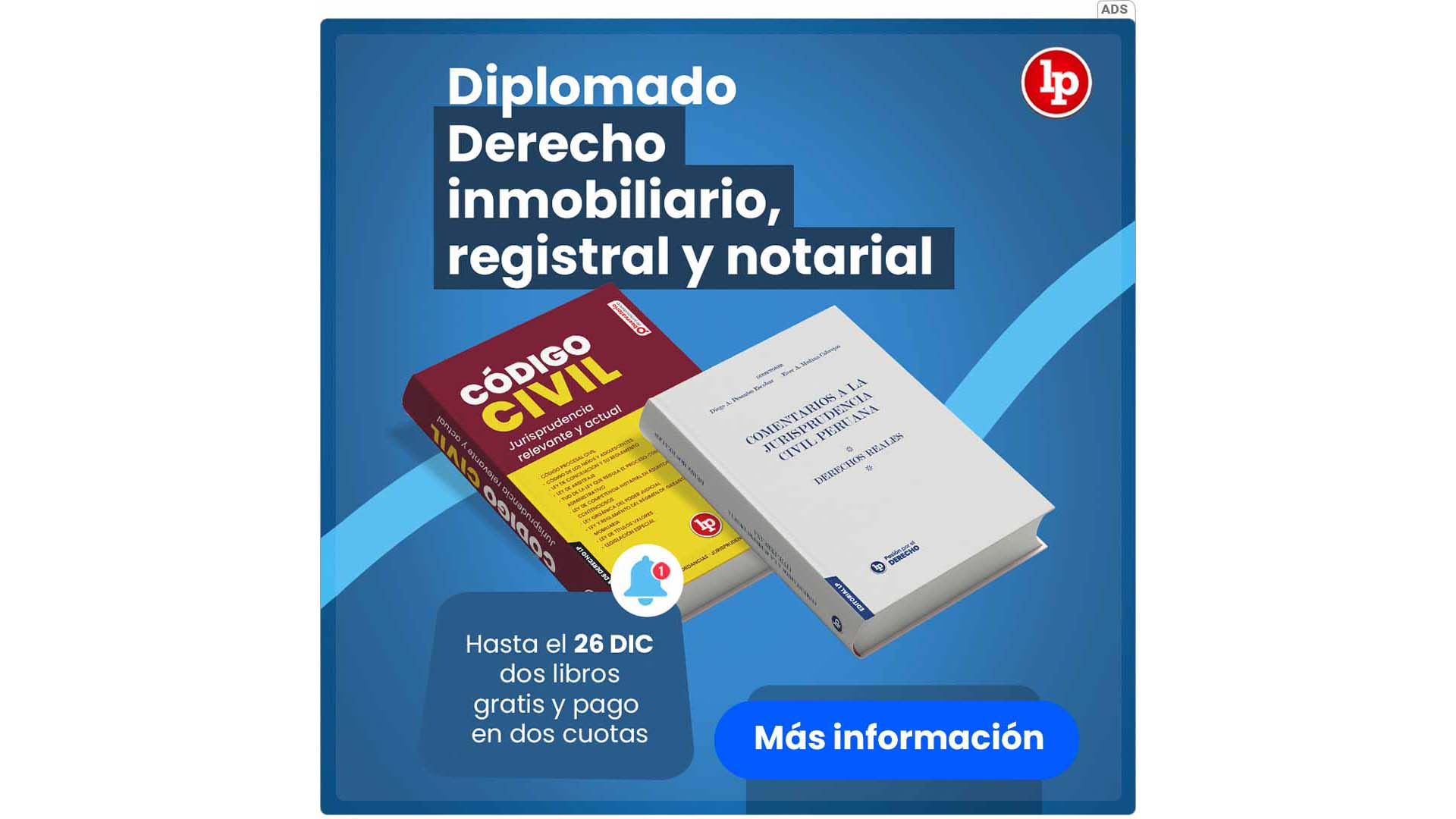
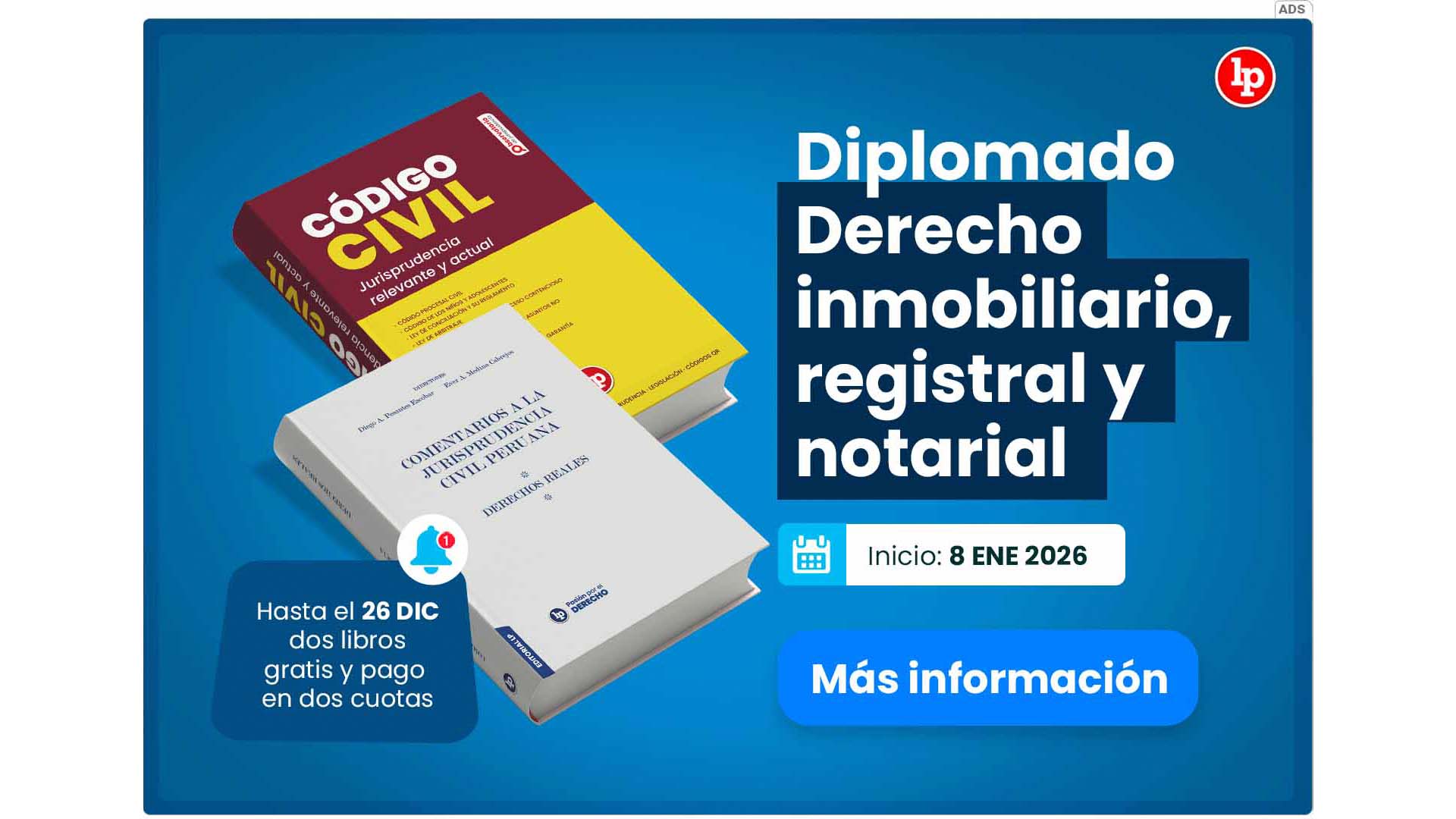
![PJ ordena cancelar de manera definitiva el uso de caballos en el servicio de paseo en calesa en la Plaza Mayor de Lima por constituir una práctica incompatible con el deber constitucional de protección y bienestar animal y agredir la integridad física de estos seres sintientes [Expediente 03840-2022-0, f. j. 4.4]](https://img.lpderecho.pe/wp-content/uploads/2025/12/BANNER-ARTICULO-CONSTITUCIONAL-218x150.jpg)

![Declaran ilegal control de identidad y registro vehicular y mandan copias a Inspectoría de la Policía [Exp. 5844-2019-8]](https://img.lpderecho.pe/wp-content/uploads/2025/04/Giammpol-Taboada-Pilco-LPDerecho-100x70.png)
![Trabajador 276 pierde nombramiento por apelar un informe no impugnable y no el resultado final [Res. 005142-2025-Servir/TSC-Segunda Sala]](https://img.lpderecho.pe/wp-content/uploads/2024/04/dormir-trabajo-despido-vacaciones-desacanso-horas-libres-feriado-trabajador-formal-extras-laboral-LPDerecho-100x70.jpg)


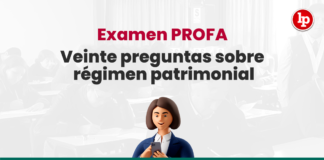
![TC ordena al Reniec consignar, como apellido materno de una niña, el de la mujer que obtuvo el óvulo de una donante anónima y lo hizo implantar en el útero de otra mujer que dio a luz [Expediente 01367-2019-PA/TC]](https://img.lpderecho.pe/wp-content/uploads/2024/07/tc-y-embarazada-LPDERECHO-100x70.jpg)
![Cuando un fiscal adjunto superior actúa en nombre y representación de un despacho fiscal superior, como parte de su equipo, asume la investidura de este [Apelación 10-2025, Amazonas]](https://img.lpderecho.pe/wp-content/uploads/2025/10/MAZO-ABOGADO-JUEZ-LPDERECHO-100x70.jpg)








